Dispelling Hurricane Myths
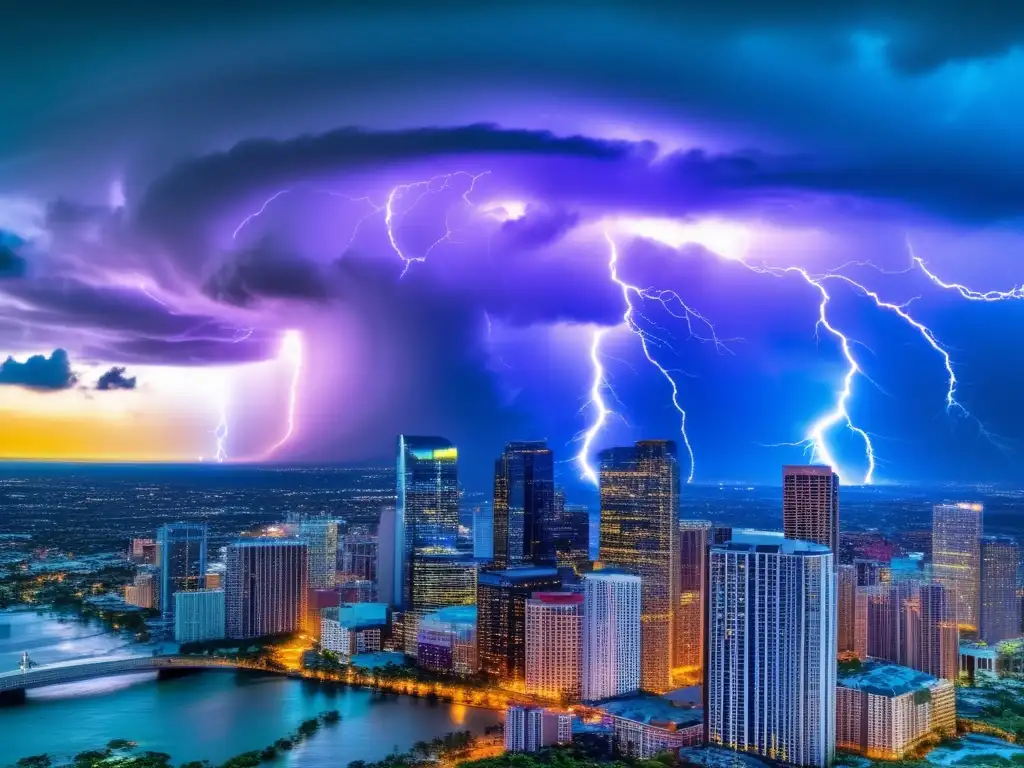
Dispelling Hurricane Myths
- Introduction
- Myth #1: Hurricanes Only Happen Near the Coast
- Myth #2: Taping Windows Can Prevent Damage
- Myth #3: Opening Windows Will Equalize Pressure
- Myth #4: Hurricanes Always Get Weaker Over Land
- Myth #5: Hurricane Season Only Lasts from June to November
- Frequently Asked Questions
- Conclusion
- Additional Resources
Introduction
Natural disasters like hurricanes are often surrounded by myths and misconceptions that can lead to confusion, panic, and even danger. In this article, we aim to dispel some of the most common hurricane-related myths and provide factual information that can help individuals and communities prepare, stay safe, and recover from hurricanes.
Myth #1: Hurricanes Only Happen Near the Coast

While hurricanes are commonly associated with coastal areas, they can also affect inland areas, especially through heavy rainfall and flooding. Hurricanes can travel hundreds of miles inland, causing significant damage to homes, infrastructure, and crops. In fact, Hurricane Irene in 2011 caused severe flooding and power outages in Vermont, New York, and other inland states.
One reason why people may believe that hurricanes only affect coastal areas is that the media tends to focus on the landfall point, which is where the eye of the hurricane intersects with land. However, hurricanes are much larger than their eye and can cause damage far beyond the landfall point. The National Hurricane Center (NHC) provides up-to-date information on hurricane tracks and potential impacts, including wind speeds, storm surges, and rainfall amounts.
If you live in an inland area that may be affected by hurricanes, it's essential to prepare accordingly. This includes having an emergency plan, stocking up on supplies, and staying informed about the latest developments. Check with your local emergency management agency or the Ready.gov website for more information on inland hurricane preparedness.
Myth #2: Taping Windows Can Prevent Damage
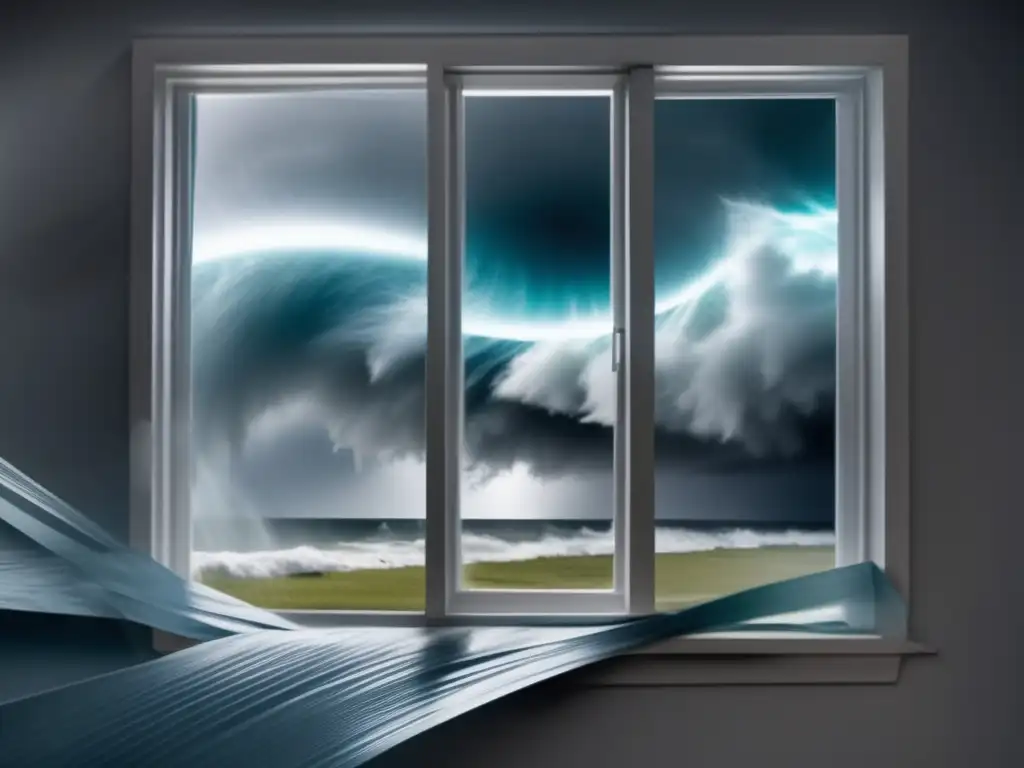
Some people believe that putting duct tape or masking tape on windows can prevent them from shattering during a hurricane. However, this is a myth and can actually make the situation worse. Tape does not reinforce the glass and can create larger, deadlier shards when the window breaks. Moreover, tape can give a false sense of security and discourage people from taking more effective measures.
If you live in a hurricane-prone area, it's worth investing in hurricane-resistant windows that can withstand high winds and flying debris. These windows are made of impact-resistant glass or have a layer of protective film. While they may be more expensive than regular windows, they can significantly reduce the risk of damage and injuries during a hurricane.
If hurricane-resistant windows are not an option, there are other ways to protect your windows from damage, such as using storm shutters, plywood, or polycarbonate panels. These materials should be installed before the hurricane hits and removed afterward to avoid obstructing natural light and ventilation.
Myth #3: Opening Windows Will Equalize Pressure
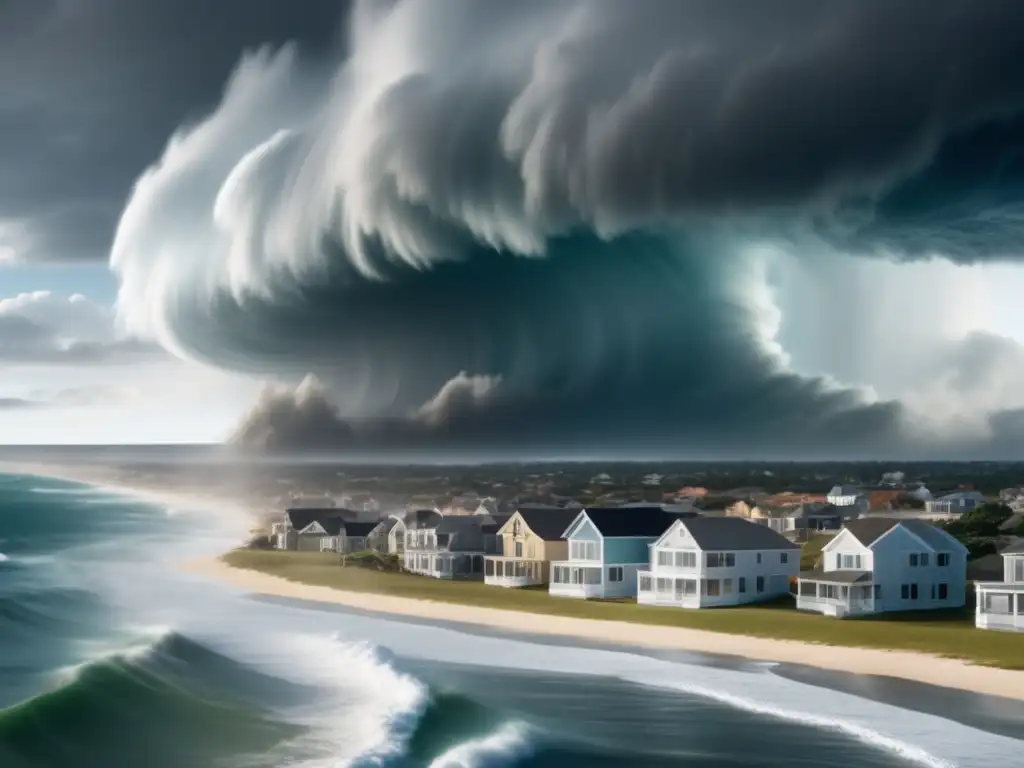
Another common myth is that opening windows during a hurricane will equalize the pressure inside and outside the house, preventing the roof from being blown off. However, this is not only untrue but can also be dangerous. Strong winds can enter the house through open windows and cause pressure to increase, causing more damage and potentially injuring people inside.
The best way to prevent roof damage during a hurricane is to reinforce it before the storm arrives. This can include inspecting and repairing loose or damaged shingles, securing roof trusses and rafters with hurricane straps or clips, and adding extra bracing to support the roof. A licensed contractor or engineer can provide guidance on the best course of action for your specific roof type and structure.
During a hurricane, it's generally safest to shelter in place and stay away from windows and exterior walls. Designate an interior room or closet as a safe room and stock it with emergency supplies, such as water, food, flashlight, radio, and first aid kit. Keep your phone charged and within reach, in case you need to call for help or receive updates from authorities.
Myth #4: Hurricanes Always Get Weaker Over Land

While it's true that hurricanes rely on warm ocean water to gain strength, they can still cause significant damage over land, especially through flooding, tornadoes, and heavy rainfall. The intensity of hurricanes over land depends on various factors, such as terrain, temperature, moisture, and wind shear.
After a hurricane, the danger is not only from the storm itself but also from its aftermath. Floodwaters can contain bacteria, sewage, and other contaminants that can cause illness if ingested or contacted by humans or animals. Storm debris, such as fallen trees and power lines, can also pose hazards to people and property. It's important to follow safety guidelines and avoid unnecessary risks during the recovery phase.
The intensity of hurricanes is measured on the Saffir-Simpson Hurricane Wind Scale, which ranges from category 1 (74-95 mph) to category 5 (over 157 mph). While higher-category hurricanes tend to cause more damage, even lower-category hurricanes can be dangerous and costly. Don't let the category fool you into complacency or panic; instead, focus on the potential impacts and take appropriate actions.
Myth #5: Hurricane Season Only Lasts from June to November
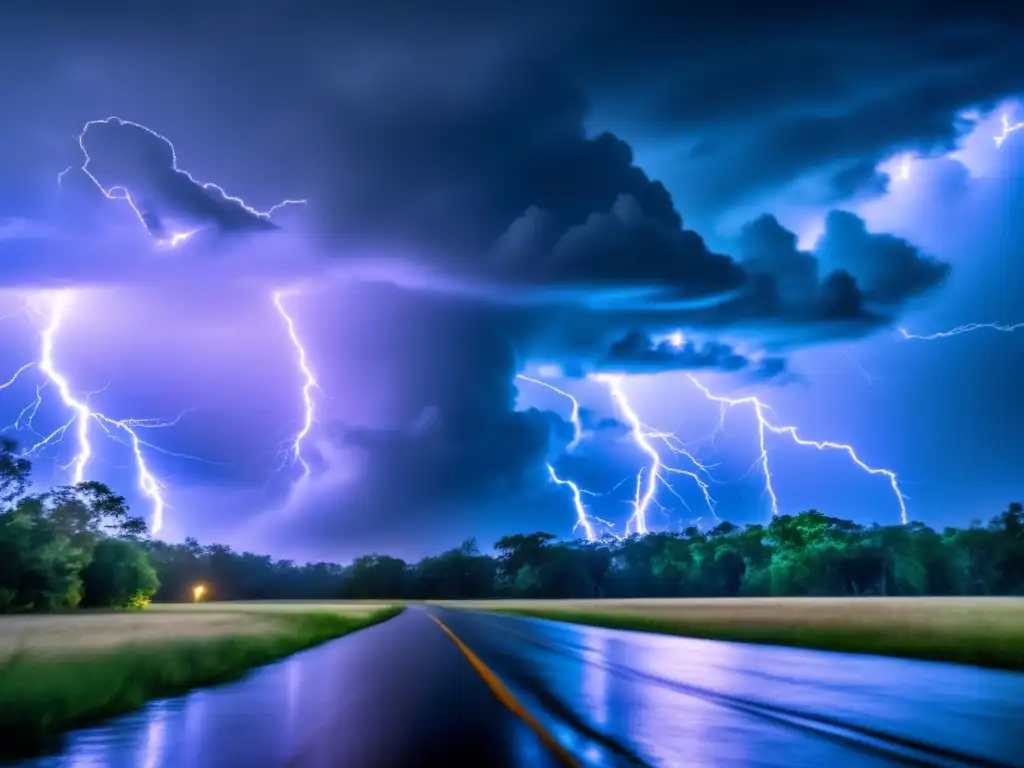
While the official Atlantic hurricane season lasts from June 1 to November 30, hurricanes can occur at any time of the year, and in different parts of the world. For example, the Pacific hurricane season runs from May 15 to November 30, and the Indian Ocean cyclone season runs from April to December.
The National Oceanic and Atmospheric Administration (NOAA) and other agencies use various tools and models to forecast the likelihood and intensity of hurricanes, both short-term and long-term. These forecasts can help individuals and communities prepare and make informed decisions. However, they are not foolproof and should be used in conjunction with other sources of information.
Instead of focusing on the hurricane season as a discrete period, consider hurricane preparedness as a year-round effort. This includes maintaining your home and property, reviewing and updating your emergency plan and supplies, staying informed about potential hazards and evacuation routes, and encouraging your neighbors and community to do the same.
Frequently Asked Questions
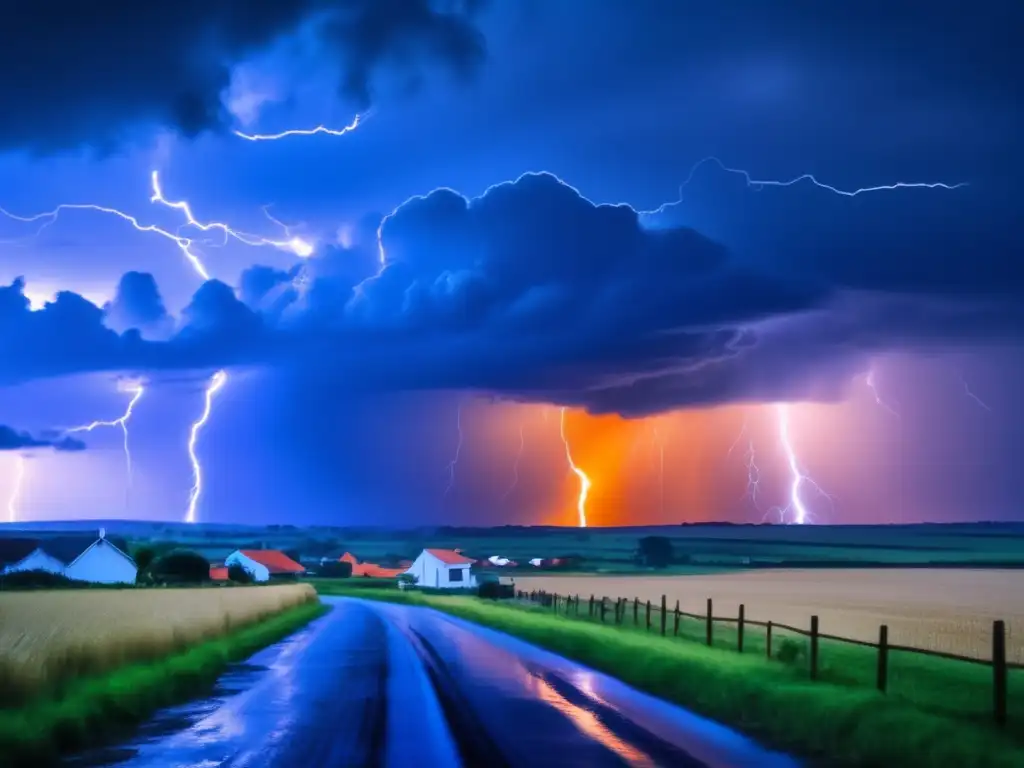
-
Can hurricanes form outside the tropics?
No, hurricanes require warm tropical waters to form and sustain. However, they can travel outside the tropics and affect subtropical or temperate regions.
-
What is storm surge?
Storm surge is the abnormal rise of seawater above its normal level due to the combination of low pressure, high winds, and tidal effects during a hurricane. It can cause flooding, erosion, and structural damage along coastal areas.
-
What is a tropical storm?
A tropical storm is a cyclonic system with sustained winds of 39-73 mph. Tropical storms are less intense than hurricanes but can still cause strong winds, heavy rain, and flooding.
-
Why do hurricanes have names?
Naming hurricanes helps to communicate information about the storm and reduce confusion among the public and the media. The World Meteorological Organization (WMO) maintains a rotating list of names for Atlantic hurricanes, which are used every six years.
-
How can I help others affected by hurricanes?
You can support relief and recovery efforts by donating to reputable organizations such as the American Red Cross, the Salvation Army, or local charities. You can also volunteer your time and skills, spread awareness on social media, and advocate for policies that address the root causes and impacts of hurricanes.
Conclusion
By dispelling common hurricane myths and providing factual information, we hope to empower individuals and communities to prepare, stay safe, and recover from hurricanes. Remember that knowledge is power, and that being informed and proactive can make a significant difference in mitigating the impacts of hurricanes. Stay tuned to HurricaneInsider.org for more resources and updates on hurricanes and other natural disasters.
Additional Resources

- Ready.gov - Hurricanes
- National Hurricane Center
- Federal Emergency Management Agency - Hurricane Harvey
- American Red Cross - Hurricane Florence
 The Legacy Of Hurricane Sandy: A Retrospective Analysis
The Legacy Of Hurricane Sandy: A Retrospective Analysis The Role Of Global Warming In Hurricane Intensity And Frequency
The Role Of Global Warming In Hurricane Intensity And Frequency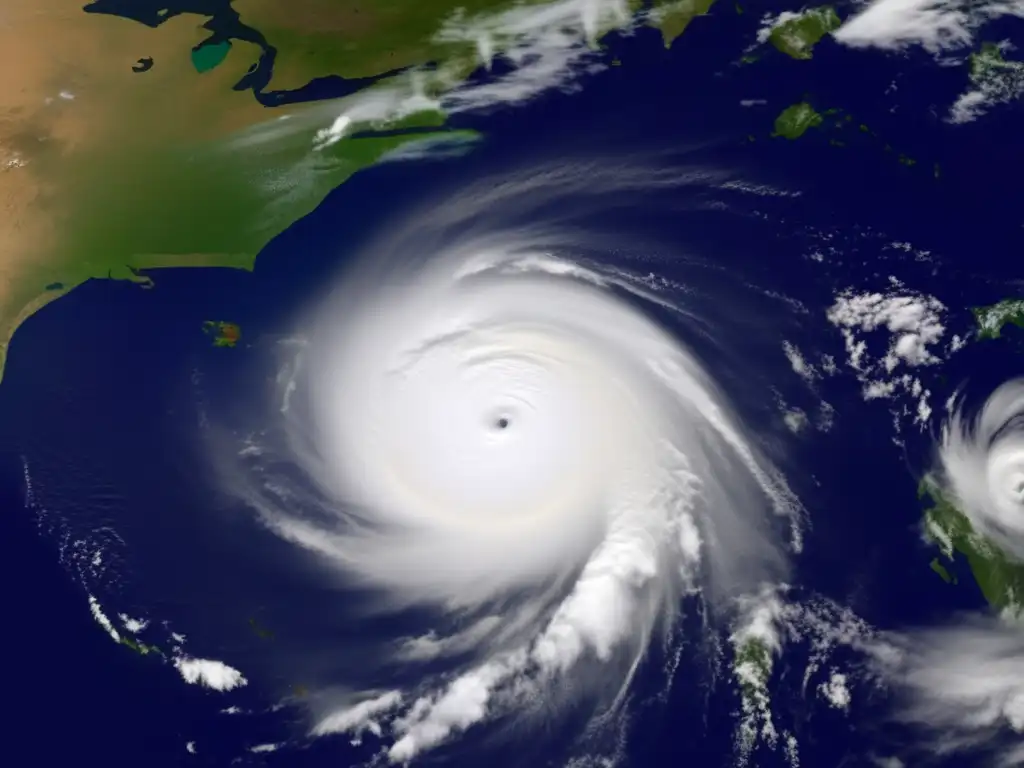 10 Smallest Hurricanes On Record
10 Smallest Hurricanes On RecordIf you want to discover more articles similar to Dispelling Hurricane Myths, you can visit the Basic knowledge about hurricanes: category.
Leave a Reply

Articulos relacionados: